
Much of early biology takes place in the nursery garden, exploring the minutiae of life through small creatures such as spiders, bees, worms, slugs and snails.
Practitioners can harness children’s innate interest in the natural environment by providing resources that enable children to collect, observe, classify and question. Small creatures in their natural habitats can be explored using magnifying glasses, viewing containers and binoculars, and these observations can be complemented with high-quality information books, photographs and video clips.
Dr Julian Grenier, head teacher of Sheringham Nursery School and Children’s Centre in east London and lead on the revised Development Matters guidance, says, ‘What’s important is to build on children’s natural exploration – mixing mud, water and leaves to make “potions” or hunting for worms and woodlice. When appropriate, sensitively ask them questions which focus their observation: What do you notice? How do you think worms move?
‘Children from around the age of three can quickly become researchers. They can help us list the questions they want answering, and we can work with them directly observing, finding key information from books, and carefully using YouTube and other online resources.’
DIRECT OBSERVATION
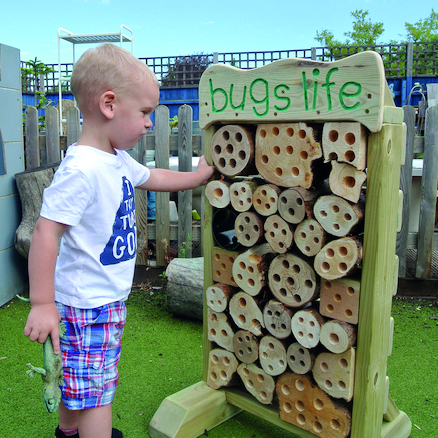
Hunting for centipedes under logs and digging deep into the soil to discover worms will give children a deeper understanding of the creatures, their lives and habitats. They might be interested in what worms eat and enjoy observing the patterns they make in wormeries.
Dr Sarah Earle, primary science specialist and educator who leads the Teaching Assessment in Primary Science project, says, ‘Invertebrates are part of the natural environment and are everywhere, so they are accessible for all.
‘It’s exciting for children to go on a minibeast hunt where they can develop science skills predicting where to find certain creatures and learning to observe them closely. Not only do they develop awareness for the care of living creatures and their habitats, but they also gain an understanding that animals are not all furry with four legs.
‘Language skills are developed as children name the different invertebrates and describe their movements. And early numeracy comes into play as children count or tally the total number of invertebrates and their type, or measure the longest worm.’
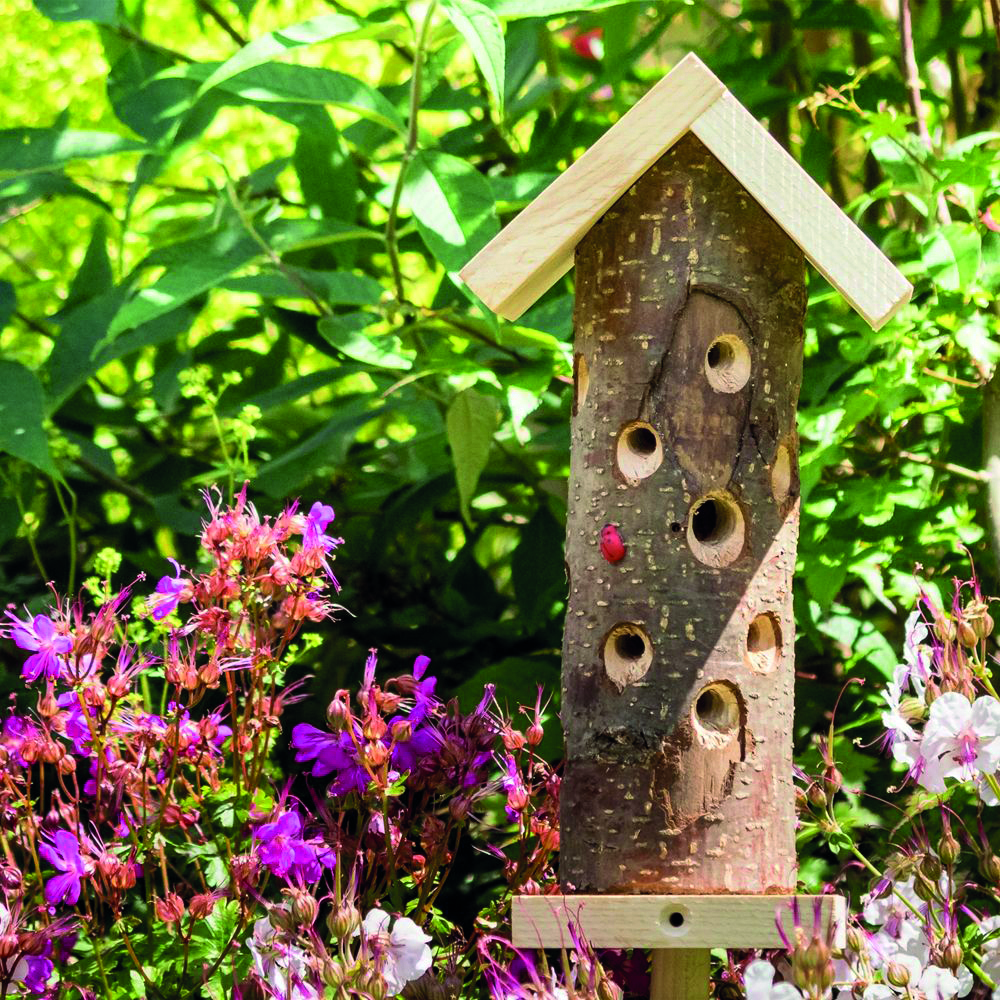
Exploration stations
During woodland sessions, TTS’s educationalist Angelica Celinska advises setting up an exploration station with magnifying glasses, viewing jars, clipboards and pencils, picture cards for identification and some small-world minibeasts to spark children’s curiosities.
Dr Earle says one way to find a selection of creatures to study is to put a white sheet under and around a bush, give it a shake and see what comes tumbling down.
She adds, ‘A pooter can be used to collect small invertebrates for a closer look. And white take-away trays are useful for transferring specimens for closer observation.’
Here are some examples of what to provide:
- Minibeasts Grab and Go Kit of 40 items, £119.95 from TTS, including bug viewers, white trays, pond nets and binoculars.
- Large Insect Viewing Jar with 3x Magnification, £5.49 from TTS, or try the Pooter Bug Collectors, 5 pack, £10.99 from TTS. Pooters allow children to collect insects without touching them.
- Observation Station, £54.95 from TTS, with hooks for displaying observation and science equipment, encouraging children in self-led investigations.
- Look and Learn Minibeasts Fact Cards, £14.99, contains 20 A5 photographic cards with detailed facts on the reverse; and the Minibeasts Discovery Bag, £69.95, with plush minibeasts and illustrated food pieces that can be used for classification exercises. Both from TTS.
- The I Spy Showerproof Minibeasts Poster, 10.99 from Cosy, contains ten common invertebrates; and the set of ten Minibeast Disks, £10.99, are illustrated with common minibeasts, also from Cosy.
- Exploring Animals & Minibeasts Collection, £110 from Early Excellence, contains finger puppets, bug jars and magnifiers, along with pooters and observation trays.
- Minibeast Identification Wheel, £4.99 from TTS, contains facts and features about 15 minibeasts.
- Match the postcard with the relevant insect in this Set of Bug X-Rays & Cards, £29.95 from Early Excellence, which has been designed to encourage questioning, close observation and experimentation.
- Provide magnifying glasses or a camera to explore and document the microscopic world these animals inhabit. For magnifying resources, including digital microscopes, see ‘Essential resources: magnification – Live large’ (Nursery World, March 2020).
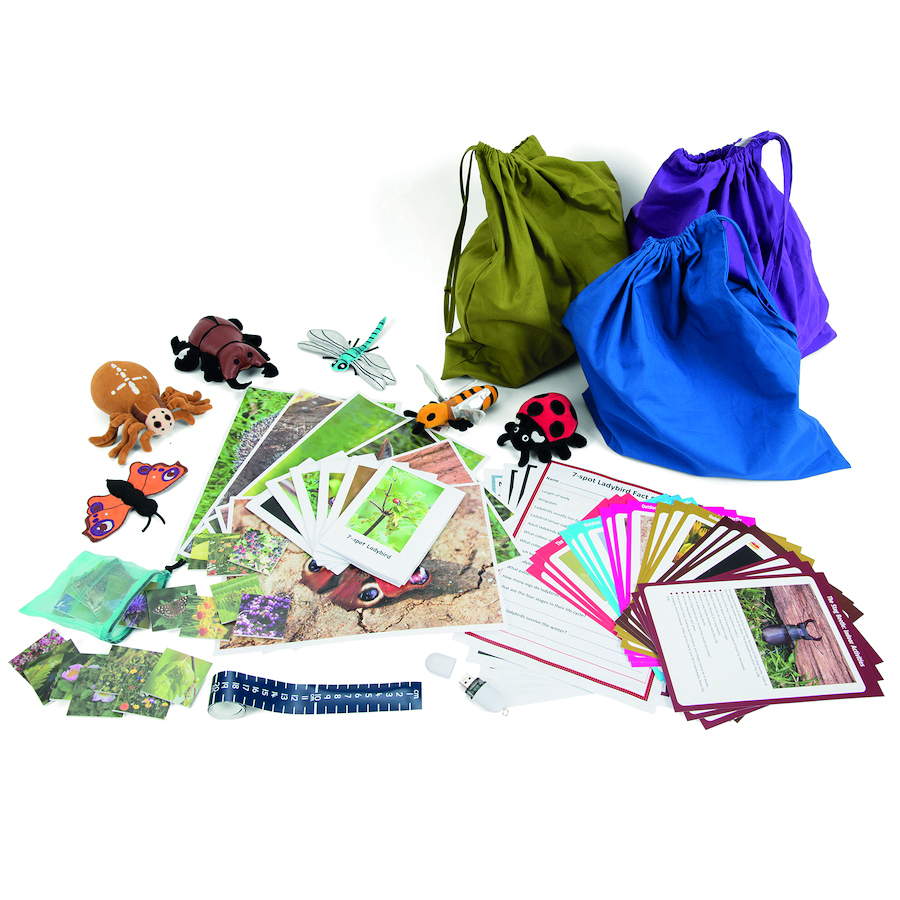
HABITATS
Wildlife gardens containing wildflowers and wild grasses attract birds and animals. A useful addition to this is a minibeast hotel or crittacabin, where children can spot and observe small creatures. Make one out of stacked pallets and fill with broken terracotta pots, bricks, rocks and straw (see Julie Mountain’s ‘Your Outdoor Calendar – March’) or try some of the following:
- Fill the Rustic Minibeast Tower, £39.99, with plant pots, old bricks and logs to create a bug hotel, or try the ready-made Bugsville Hive, £99.99, both from Cosy.
- Lift-up Log Bug Hotels (four pack), £18.99 from Cosy, have rope attached so they can be lifted easily.
- Bugs Life, £224.95, consists of multi-habitats allowing children to monitor different species; or try the Outdoor Wooden Crittacabin, £379.95, which also attracts hedgehogs and other mammals. Both from TTS. Children will enjoy watching worms hard at work in the soil in Cosy’s Worm Farm, £68.99.
- The Ladybird and Insect Tower, £13.75 from Insect Lore, can be placed in planters, flower beds or hung from trees.
- The Free Standing Mini Beast Hotel, £569.99 from Hope, has three levels, with a variety of materials in each, to encourage different types of creatures.
LIFECYCLES
Observing invertebrate lifecycles over time is an important step in children’s learning, one that is best witnessed first-hand. Not every child has the opportunity to watch tadpoles emerge into frogs or watch snail eggs hatch, which is why kits like the Butterfly Garden by Insect Lore are so useful for settings. It gives children the opportunity to raise butterflies and watch each stage of their transformation.
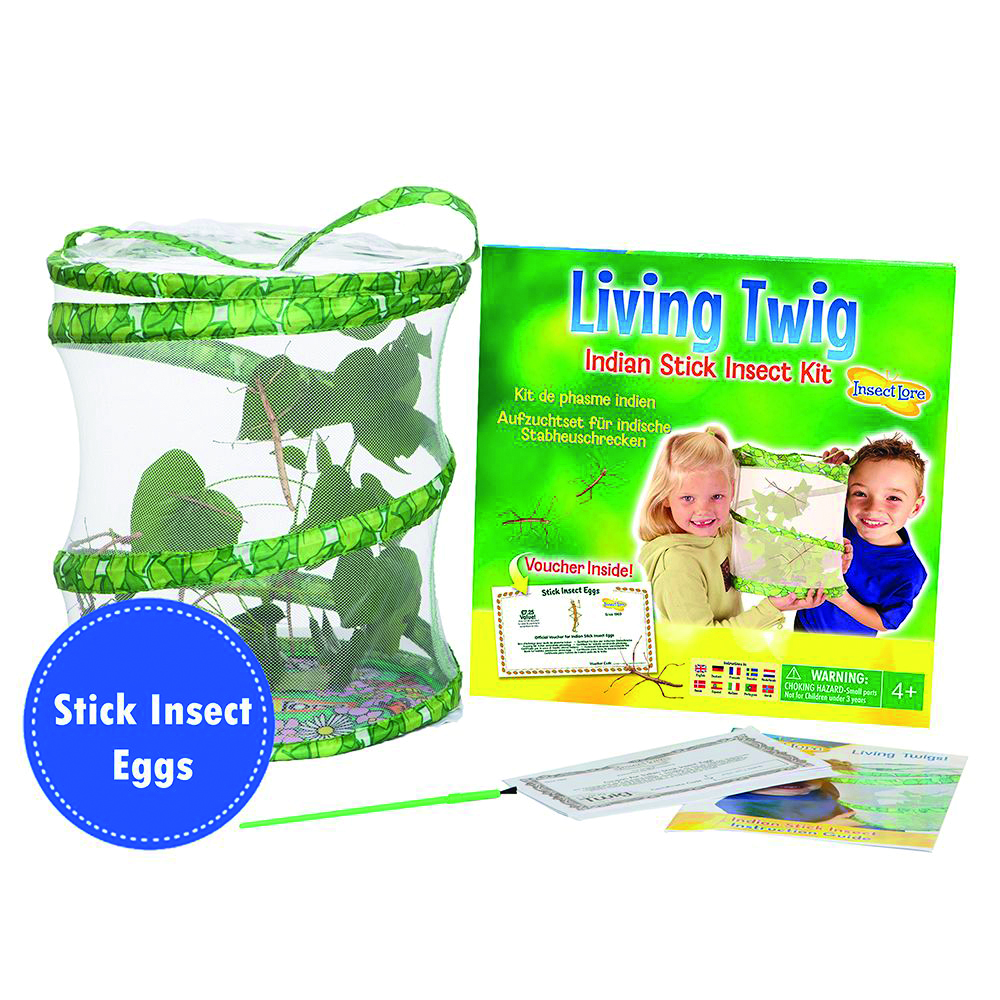
Resources for raising and keeping minibeasts
- The Easy School Kit from Insect Lore, £59.99, includes four cups of caterpillars and a butterfly pavilion habitat. A Painted Lady Butterfly Lifecycle Stages, £5.99, is useful to use alongside it (also from Insect Lore); or try the Butterfly Magnetic Lifecycle, £16.50 from Hope.
- Watch worms breaking down food in the Composter and Wormery, £29.99 from Cosy, which has three see-through chambers with magnification spots. Or turn food waste into compost with Wormery, £70 from Insect Lore.
- Living Twig – Stick Insect Kit, £20, and Super Forest Ant, £25 – also available from Insect Lore.
- Kits can be used alongside resources such as Insects And Spiders: Real Life Specimens, £33 from Hope.
Case study: HARRINGTON NURSERY SCHOOL, DERBY
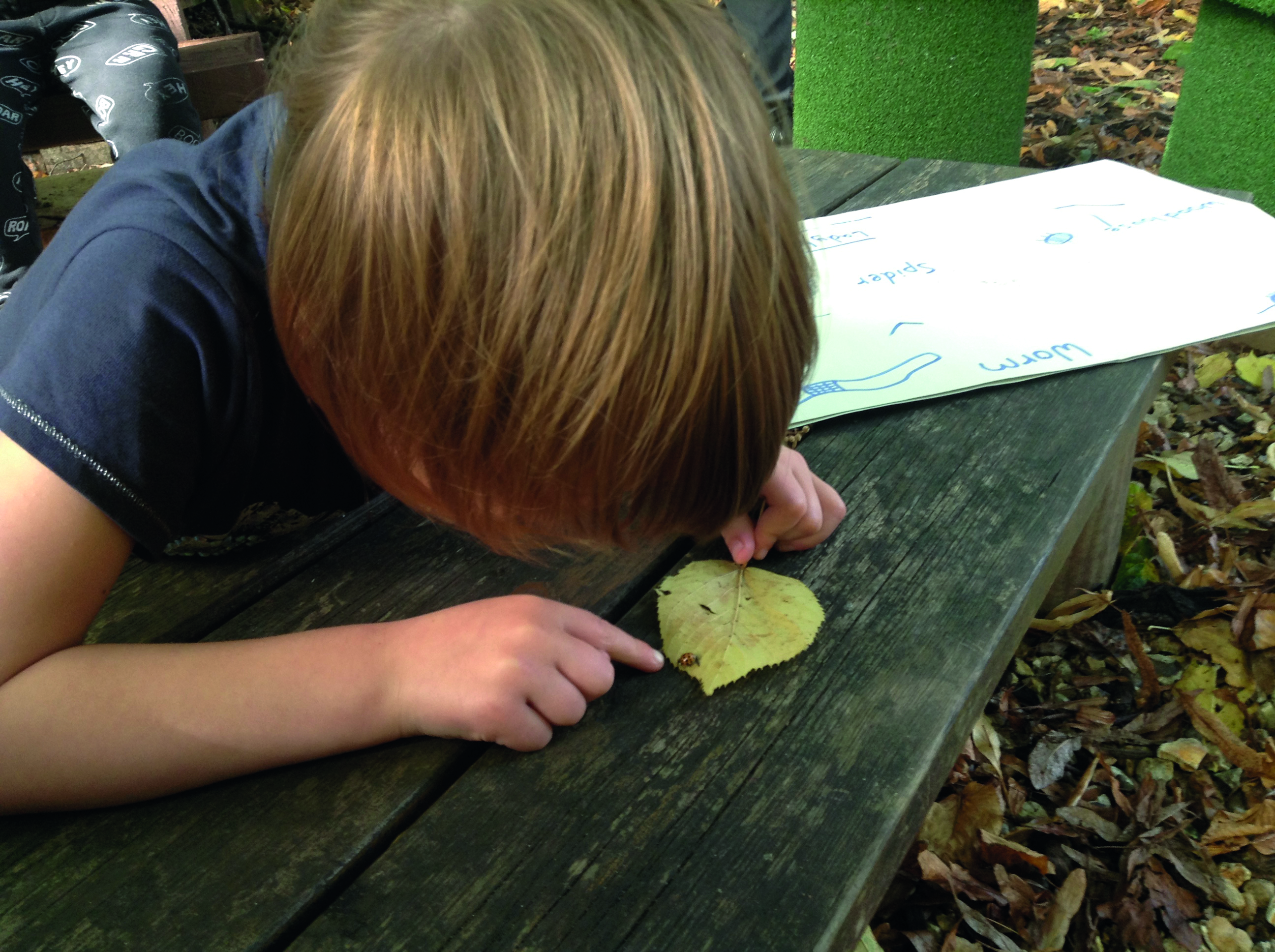
Children at Harrington Nursery School take part in weekly Bush Buddy sessions, where they access a designated area of the garden. The theme of the structured session changes, depending on the children’s interests, and over the past two weeks, they have been exploring minibeasts.
‘Last year, the children helped create a bug hotel using wooden pallets and twigs, leaves, flower petals and stones stuffed in the holes,’ says early years teaching assistant Phil Wallbank, who runs the sessions. ‘They showed an interest in pulling out the twigs and seeing what minibeasts were inside. They found snails, centipedes and lots of little bugs. This led to a discussion about where minibeasts are more likely to live: in places that are dark, damp and hidden away, so that they are likely to stay warm and lay eggs.
‘During the next session, each child was equipped with a magnifying glass and a torch and we went on a minibeast hunt. The children used their knowledge of where the bugs like to live, and they had fun discovering earthworms, snails and centipedes and calling out to the rest of the group who excitedly came over when they’d made a discovery.
‘We used twigs and leaves to gently transfer the creature to a Tuff Spot tray so that children could use their magnifying glasses to carefully examine them. The session ended with a hot chocolate and storytime, reading the book Bugs! Bugs! Bugs! by Bob Barner.’
MORE INFORMATION
- ‘Essential resources: magnification – Live large’ and ‘Your Outdoor Calendar – March’, Nursery World, March 2020 or online at: www.nurseryworld.co.uk
- The Little Book of Living Things (Featherstone)
- RSPB First Book of Minibeasts
- The Royal Society for the Protection of Birds, www.rspb.org.uk
- The Wildlife Trusts, www.mywildlife.org.uk
- www.tts-group.co.uk
- www.hope-education.co.uk
- www.cosydirect.co.uk
- www.early excellence.co.uk
- www.insectlore.co.uk









